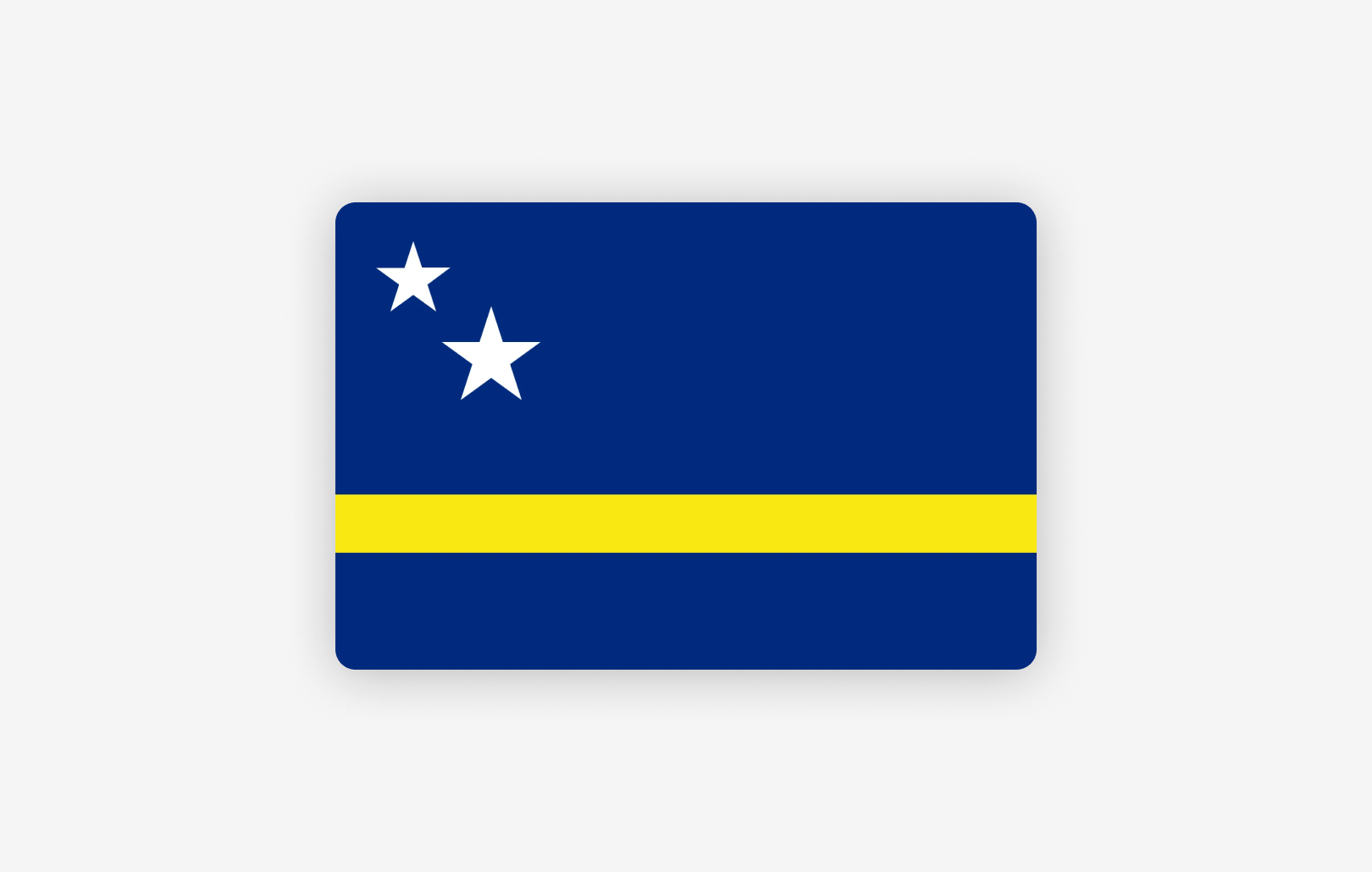Client Risk Types: Client Categorization

Introduction
In the banking world, ‘client risk’ refers to the potential for money laundering associated with a specific customer. This risk is determined by various factors related to the customer’s profile, as well as the products and channels they use.
To effectively implement measures against money laundering and terrorist financing, financial institutions must categorize their customers by risk, regularly update customer profiles, and monitor accounts. Failure to do so can expose banks to operational risks, undermining the effectiveness of Know Your Customer (KYC), anti-money laundering (AML), and combating the financing of terrorism (CFT) procedures.
The primary objective of risk management is to prevent unexpected negative outcomes. To achieve this, banks must compile a list of potential risks and categorize them systematically, allowing for a structured approach to risk identification and mitigation.
Client classification by risk types is a process of assessing the potential money laundering, terrorist financing, and other financial crime risks that a client may pose to a firm. Different firms may have different methods and criteria for classifying their clients by risk types, but generally they should consider factors such as:
- Client’s identity
- Source of wealth
- Business activities
- Geographical location
- Corporate structure
- The services provided by the firm
Based on these factors, clients can be categorized into low, medium, or high risk levels, and businesses should then apply appropriate due diligence measures and monitoring procedures accordingly.
However, these are not definitive or exhaustive criteria, and companies should use their professional judgment and knowledge of the client to determine the appropriate risk level and mitigation measures. They should also review and update the client risk classification periodically or when there are significant changes in the client’s circumstances.
What are Customer Risk Assessment Levels?
Customer risk assessment is crucial for financial institutions to ensure effective management of potential threats. Here’s how the risk is categorized:
Level I (Low Risk): Individuals (excluding high net worth individuals) and entities whose identities and sources of wealth are readily identifiable, and whose account transactions largely align with established patterns, are typically classified as low risk.
For instance, low-risk customers may include salaried employees with clearly outlined salary structures, individuals from lower economic brackets with accounts demonstrating minimal balances and turnover. Examples include salaried employees and government departments. These industries typically have steady demand for products or services, are less sensitive to economic fluctuations, and have lower barriers to entry. Some examples include:
- Education: educational services, including schools and colleges, fall into this category.
- Food and beverage: companies in this industry generally face a steady demand..
- Utilities: utility companies tend to be less affected by economic downturns.
- Transportation: essential transportation services maintain stability.
- Healthcare: the healthcare sector remains essential regardless of economic conditions.
Level II (Medium Risk): Customers who present a greater than usual risk to the banking institution may be classified as medium or high risk, depending on factors such as their background, the nature and location of their activities, country of origin, sources of funds, and client profile. For example:
- Individuals engaged in business, industry, or trading activities in areas known for past or potential unlawful trading or business practices.
- Instances where the financial institution observes uncertainty or has doubts regarding the client profile of the individual/s opening the account.
Medium-risk industries fall between low and high risk. Their risk factors can vary based on market dynamics and other externalities. Examples include:
- Manufacturing: while manufacturing organisations have predictable growth prospects, they face risks related to raw material shortages, production disruptions, and market fluctuations.
- Real estate and rental: the real estate industry is greatly influenced by market trends and economic cycles.
- Retail trade: retail businesses face competition and market shifts.
- Finance and insurance: This sector involves various risk management.
Level III (High Risk): The banking provider may apply enhanced due diligence measures based on the risk assessment, thereby requiring intensive ‘due diligence’ for higher risk customers, especially those for whom the sources of funds are not clear. Examples of customers requiring higher in-depth due diligence may include:
- Non-resident customers
- High net worth individuals
- Trusts, charities, NGOs and organizations receiving donations
- Companies having close family shareholding or beneficial ownership
- Firms with sleeping/silent partners
- Politically Exposed Persons (PEPs) of foreign origin
- Non-face to face customers
- Those with dubious reputation as per available open-source information, etc.
For example, a high-risk client may be one who is involved in cash-intensive businesses, has complex or unusual corporate structures, operates in high-risk jurisdictions, or is a politically exposed person (PEP). The following industries also pose significant risks and require attention. Examples include:
- Pharmacy business: the pharmaceutical sector deals with regulatory complexities, drug safety, and compliance.
- Organization of leisure: entertainment, tourism, and leisure activities face risks related to customer satisfaction, safety, and market fluctuations.
- Telemarketing and IP-telephony: these industries involve communication and data privacy risks.
Level IV (High Risk): Customers requiring an even higher level of monitoring may be categorized as Level IV. This could include individuals or entities with exceptionally high-risk profiles or involvement in sensitive activities. At this level, risks are extreme or critical. Industries with both high likelihood of occurrence and severe potential impact fall into this category. Examples include:
- Casinos and gambling: the gaming industry faces financial volatility, legal challenges, and addictive behavior risks.
- Fantasy sports: while popular, the industry involves legal complexities and potential disputes.
- Financial planning & advisory: managing finances for clients carries significant responsibility and risk.
- Firearms: the firearms industry deals with safety, legal, and ethical considerations.
- Adult content and dating: this industry carries unique legal and reputational risks, including regulatory scrutiny and public perception challenges.
- Health and beauty: Cosmetic procedures, wellness services, and health products have inherent health and well-being risks.
At Satchel.eu, we recognize the diverse risk profiles of our clients and are committed to providing tailored solutions to meet their needs. Whether our clients fall into the low, medium, or high risk categories, we work diligently to support their ventures. When it comes to high-risk clients, we exercise meticulous scrutiny, ensuring that only carefully vetted companies are considered. In the high-risk realm of iGaming, we exclusively partner with regulated and licensed businesses, prioritizing compliance and integrity. With our comprehensive approach to risk management, Satchel stands as a trusted partner for fintech entrepreneurs, providing the support and expertise needed to navigate the complexities of the industry.
EU Regulations on Client Risk Types
European authorities have put in place a comprehensive framework of regulations and guidelines to address various aspects of client risk types within financial institutions and other sectors. These regulations are designed to ensure the safety, stability, and integrity of the financial system, as well as to protect clients and investors from potential risks. The EU regulatory landscape encompasses a wide range of measures aimed at identifying, assessing, and managing different types of risks that clients may pose to firms, including risks associated with market volatility, counterparty default, and operational failures. These regulations not only provide a solid foundation for risk management practices but also contribute to fostering trust and confidence in the EU financial markets:
The Single Rulebook is designed to provide a single set of harmonized prudential rules that financial institutions throughout the EU must adhere to. It covers various aspects, including risk management, capital requirements, and client protection.
Treatment of Market and Counterparty Risk Exposures, as outlined by the European Insurance and Occupational Pensions Authority (EIOPA), this document provides guidelines aimed at enhancing stability and protecting clients by addressing risk management practices related to investment exposures.
Risk Management within the Commission Implementation Guide outlines the importance of the proactive use of risk management techniques by the European Commission to address potential issues and mitigate existing risks. This strategy facilitates sound decision-making and provides protection against unfavourable consequences.
Client Fund Protection Regulation implements measures to ensure that appropriate organisational arrangements are in position to mitigate the risk of loss or reduction of client funds. These measures serve as safeguards against fund misuse, fraudulent activities, administrative lapses, inadequate record-keeping, and negligence.
Remember that these regulations play a crucial role in maintaining safety, stability, and client protection across various sectors within the EU.






